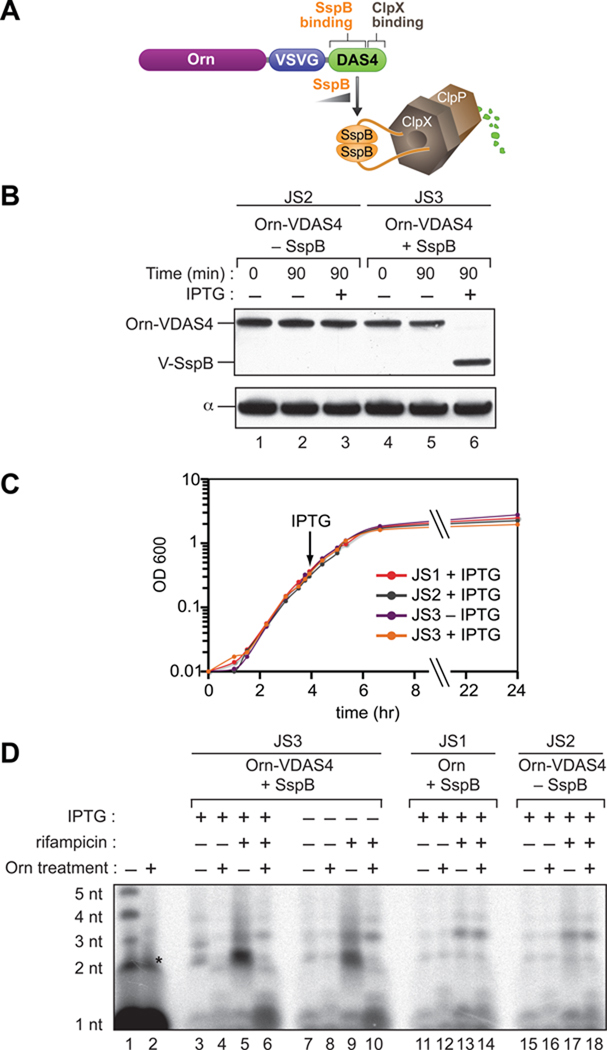Figure 1. Controlled depletion of Orn in P. aeruginosa.
A. Strategy to enable controlled depletion of Orn. Schematic depicts how the presence of SspB targets Orn-VDAS4 for ClpXP-mediated degradation.
B. Controlled depletion of Orn. JS2 cells (lanes 1–3), which express Orn-VDAS4, or JS3 cells (lanes 4–6), which express Orn-VDAS4 and carry VSV-G-tagged SspB (V-SspB) under the control of an IPTG-inducible promoter, were first grown to mid-log (time 0), then grown for a further 90 minutes either in the absence (−) or presence of IPTG (+). Cells were harvested at the indicated time points and analyzed for protein content by Western blot using an antibody against the VSV-G tag (upper panel), or, to control for sample loading, an antibody against the α subunit of RNAP (bottom panel).
C. Depletion of Orn does not affect the cellular growth rate. Growth of JS3 cells, JS2 cells and JS1 cells (which express untagged Orn and carry V-SspB under the control of an IPTG-inducible promoter) was monitored over a 24 hour period. Arrow indicates the time point at which IPTG (when present) was added to cells.
D. Accumulation of nanoRNAs in vivo. JS3 cells, JS2 cells or JS1 cells, were grown to mid-log in the presence of 32Pi, then grown for a further 90 minutes either in the absence (−) or presence of IPTG (+). Cells were either harvested immediately (–) or grown in the presence of rifampicin (+) for an additional 60 minutes prior to harvesting. The acid soluble fraction obtained from cell extracts was either treated with purified Orn (+) or untreated (–) prior to electrophoresis on a 22.5% denaturing acrylamide gel. Sizes of labeled nanoRNAs were estimated based upon comparison to RNA standards that carry a 5' triphosphate group and a 3' hydroxyl group (lane 1). RNA standards carrying a 5' monophosphate group and a 3' hydroxyl group migrate within a similar size range as the 5' triphosphate-carrying standards (Figure S5). The asterisk in lane 2 indicates an Orn-insensitive impurity in the RNA standards that migrates at the same position as the 2 nt transcript. [We note that non-depleted JS3 cells carry ~2-fold less Orn-VDAS4 than JS2 cells (panel B). Furthermore, non-depleted JS3 cells accumulate 2 nt nanoRNAs upon treatment with rifampicin whereas JS2 cells do not (compare lanes 9 and 17). Thus, even a modest reduction in the abundance of Orn appears to enable the accumulation of detectable quantities of 2 nt nanoRNAs in rifampicin treated P. aeruginosa cells.]

